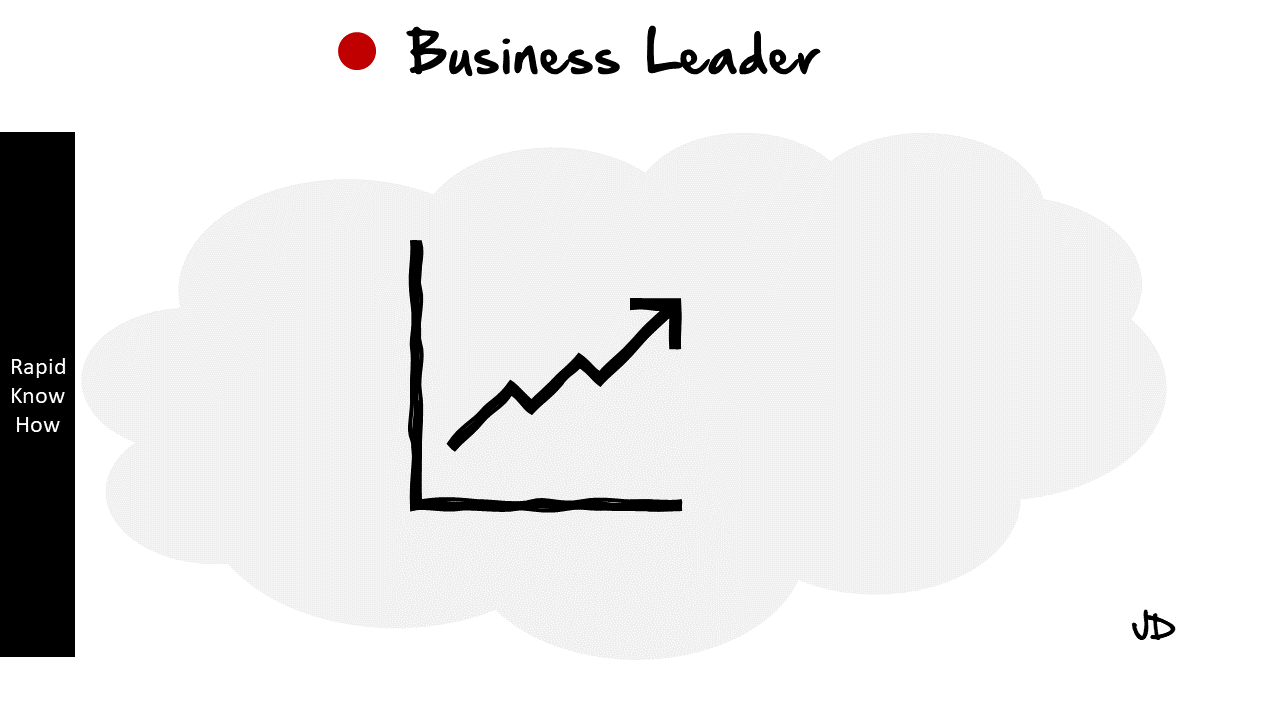The importance of storyboarding in advertising and marketing campaigns cannot be overstated. It is a crucial step in the process of creating an effective ad campaign, serving as a visual representation of the narrative that will be conveyed to the audience. This answer will delve into the role of storyboards in planning ad campaigns, how they help in conveying the brand message effectively, and provide examples of successful ad campaigns that used storyboards.
A. Role of Storyboards in Planning Ad Campaigns
Storyboarding plays a pivotal role in planning advertising and marketing campaigns. It is essentially a graphic organizer, typically a sequence of drawings with some directions or dialogue, representing the shots planned for a video production or an advertisement. It helps advertisers visualize the sequence of events in their campaign, allowing them to plan out each scene meticulously.
Storyboards are instrumental in organizing ideas and concepts that make up an ad campaign. They help to outline and structure the narrative, ensuring that the storyline flows logically and coherently. This process allows advertisers to identify any potential issues or gaps in their campaign before they become costly mistakes.
Moreover, storyboards facilitate effective communication among team members involved in the campaign. They serve as a common reference point for everyone – from directors and cinematographers to designers and copywriters – ensuring everyone is on the same page regarding the vision for the campaign.
B. How Storyboards Help in Conveying Brand Message Effectively
Storyboards are not just about planning; they are also about storytelling. They help advertisers convey their brand message effectively by providing a clear visual representation of how the narrative will unfold.
By mapping out each scene, advertisers can ensure that their brand message is woven seamlessly into the narrative. This allows for more strategic placement of key messages, making them more impactful and memorable for viewers.
Furthermore, storyboards allow advertisers to experiment with different ways to convey their brand message. They can play around with various elements – such as characters, settings, and plot – to see which combination best communicates their message. This flexibility can lead to more creative and effective ad campaigns.
C. Examples of Successful Ad Campaigns That Used Storyboards
Many successful ad campaigns have used storyboards in their planning stages. For instance, the iconic “1984” Super Bowl commercial by Apple was meticulously planned using a storyboard. This ad, which introduced the Macintosh computer, is widely regarded as one of the greatest commercials of all time.
Another example is the “Share a Coke” campaign by Coca-Cola. The storyboard for this campaign outlined a simple yet powerful narrative: people sharing a Coke with their loved ones. This simple concept, visualized through a storyboard, resulted in one of the most successful and memorable ad campaigns in recent history.
In conclusion, storyboarding is an essential tool in advertising and marketing campaigns. It aids in planning, facilitates effective communication among team members, allows for strategic placement of brand messages, and provides a platform for creativity and experimentation. As demonstrated by successful ad campaigns like Apple’s “1984” and Coca-Cola’s “Share a Coke”, storyboarding can significantly contribute to the success of an ad campaign.
